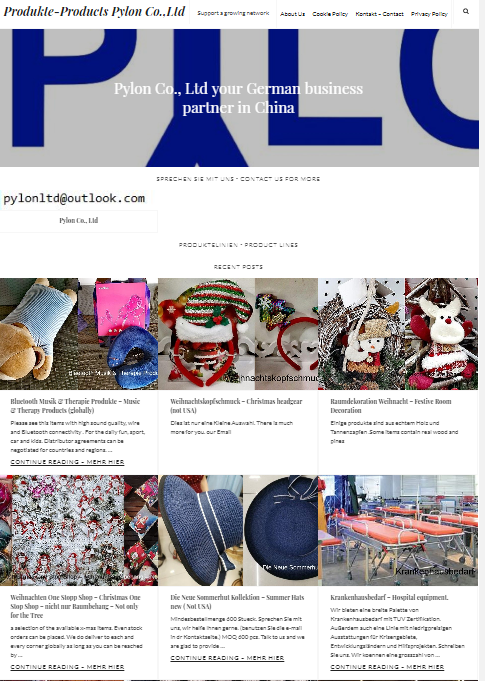- Details
-
Category: Ningbo District
-
Published: Monday, 18 February 2013 09:51
Since being approved as the special port for yew podocarpus importation, Meishan Port in Ningbo has been quite busy. According to the latest statistics from Ningbo Customs, in 2012, the total number of imported yew podocarpus via Meishan Port reaches 1472, with a total worth of US$5.878 million and an average of US$3993 per plant.
At the beginning of 2012, Meishan Port was authorized as the special port for yew podocarpus importation by the State Administration of Quality and Technical Supervision, being the first such port in East China and the second in China. In April, the first batch of 50 yew podocarpus was imported via Meishan Port, with a total volume of US$142,000. At the end of 2012, the imports came to a peak, with 493 plants in November and 522 plants in December, accounting for about 70% of all the imports.
Being a kind of pine, yew podocarpus is a kind of valuable ornamental plant, which is usually planted around the roads, in scenic areas and around hotels. There is a great demand for the plant in domestic market. It is estimated that only in Zhejiang Province, the annual demand for imports will exceed 5000. So far, a 1000-acre modern agricultural park in the northeast corner has been established as the large-scale plant isolation area for newly imported plants. In the future, Meishan Bonded Port Zone will be established as the biggest imported living plants trading platform in East China.

- Details
-
Category: Ningbo District
-
Published: Tuesday, 12 February 2013 12:20
Ministry of Housing and Urban-rural Development held a meeting on pilot programs of smart cities the other day. At the meeting, 90 cities (districts, towns) were listed in the program, including 5 cities (districts) in Zhejiang Province, and they are Zhenhai District, Shangcheng District of Hangzhou, Wenzhou, Jinhua and Zhuji in Shaoxing.
Two years ago, Zhenhai decided to accelerate its development in building itself into a smart district and declared 8 related systems, including the smart manufacturing system and the smart logistics system. Currently, a high-capacity trunk transmission network which takes optical cable as its main part and sitcom as a supplementary means, with leading scale, capacity and technology in the country. The government internet has over 300 outlets covering villages and districts of all levels. Information systems and platforms have been set up, such as the pollutant resources monitoring system and video surveillance system of the Environmental Protection Bureau, the video surveillance platform and police geographical information system of the Public Security Bureau and the smart urban management platform of the Urban Administrative Bureau.
Zhenhai is expected to meet the requirements of being a pilot smart city (district) in three years’ time so that it will become a leading district with industrial transformation, quality management services and good environmental protection.
Smart city means to integrate government function, urban management, social services and industrial economy into the big platform. The core target of building a smart city is to deliver better life to the people.










